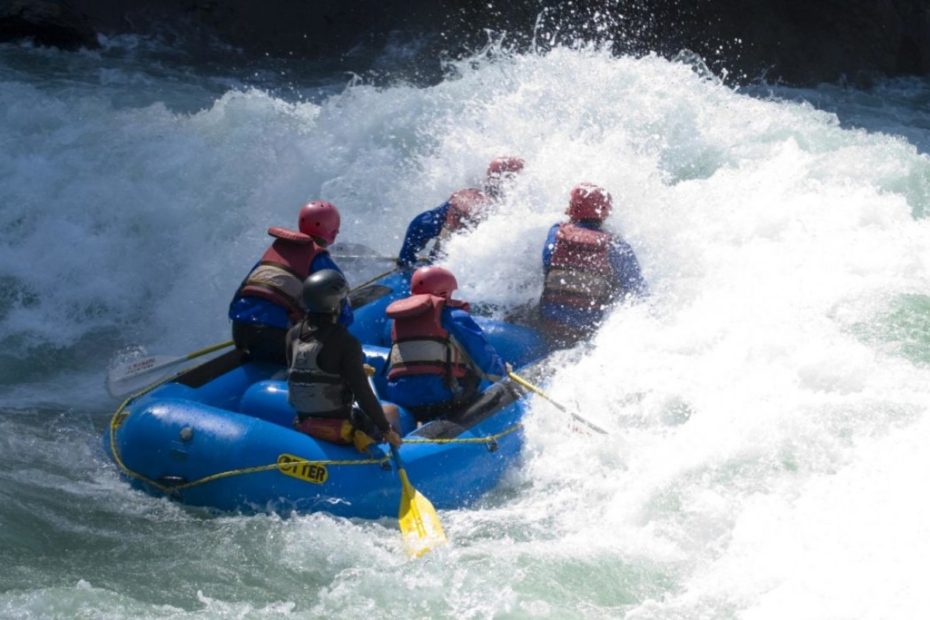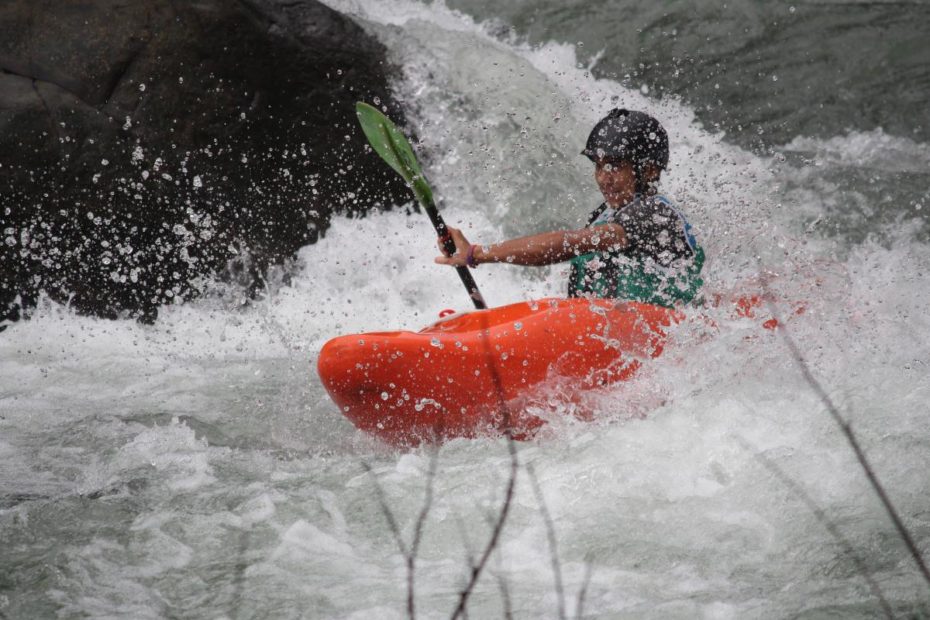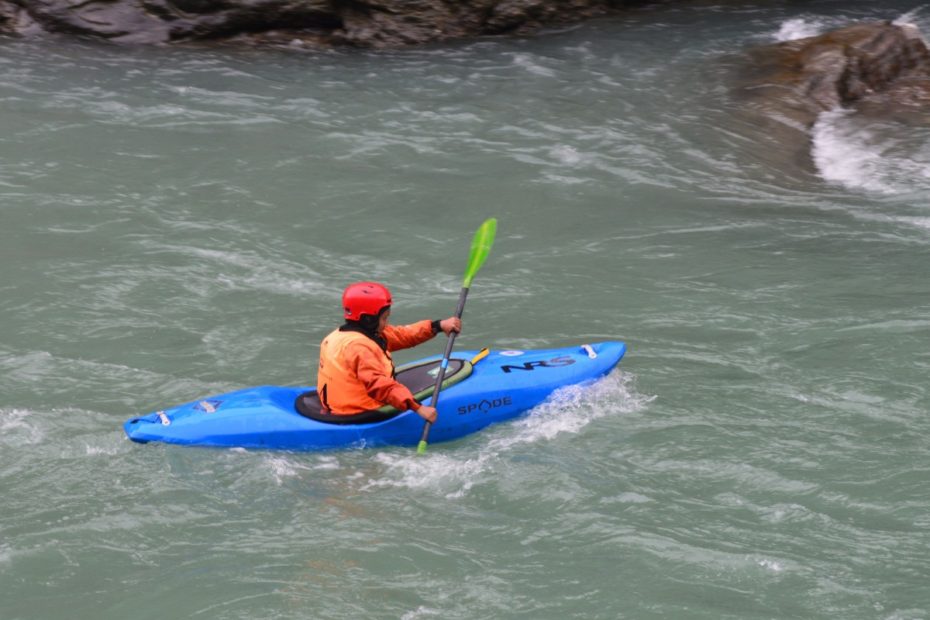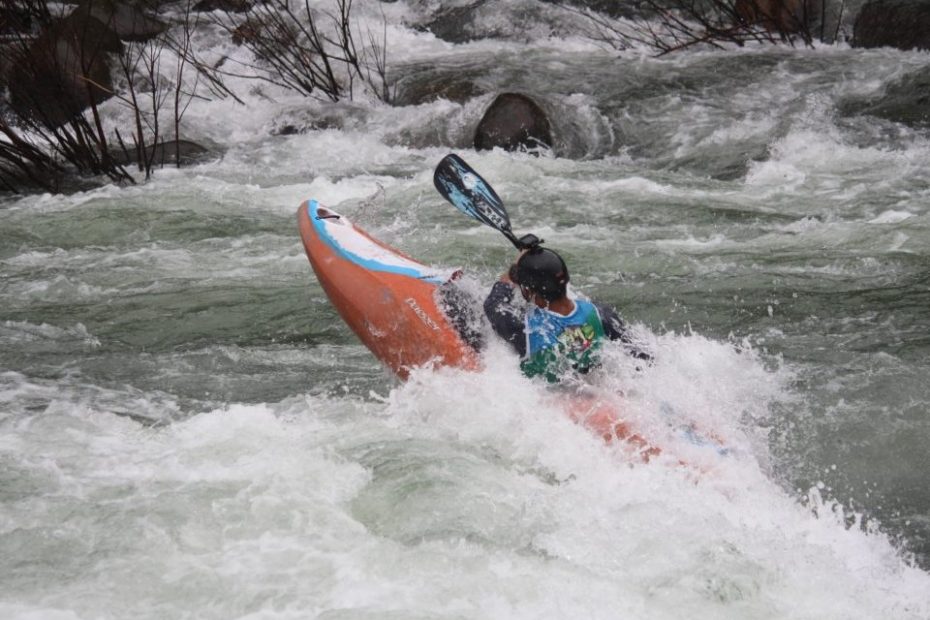Rafting in Rishikesh is one of the most popular adventure activities. Rishikesh is known all over the globe as the yoga capital of the world. The majestic banks along the holiest of rivers sees myriads of Indian as well as foreign tourists. Situated at an altitude of only 372 metres, Rishikesh is nestled gloriously in the lower Himalayas. It is perfectly distant from the source of river Ganga. As a result, Ganga passes through Rishikesh in all its raging beauty, giving rise to one of the most famous rapids in India. Countless number of adventure enthusiasts from across India visit specially for Rafting in Rishikesh.
With the increasing demand for the sport of rafting, many outfitters and resellers have emerged. So while seeking a rafting trip, you’ll have a lot of options to choose from. The hundreds of operators running shop out of Rishikesh offer runs across various sections. There are different sections on the river segregated on basis of difficulty, length and price. Through this article, we’ll help you plan your trip for rafting in Rishikesh. Through this article, we’ll help you plan your trip for rafting in Rishikesh. Adventure sports demand preparedness and you should be well aware of what you’re entering into. Read till the end to get a detailed insight.
Rafting in Rishikesh
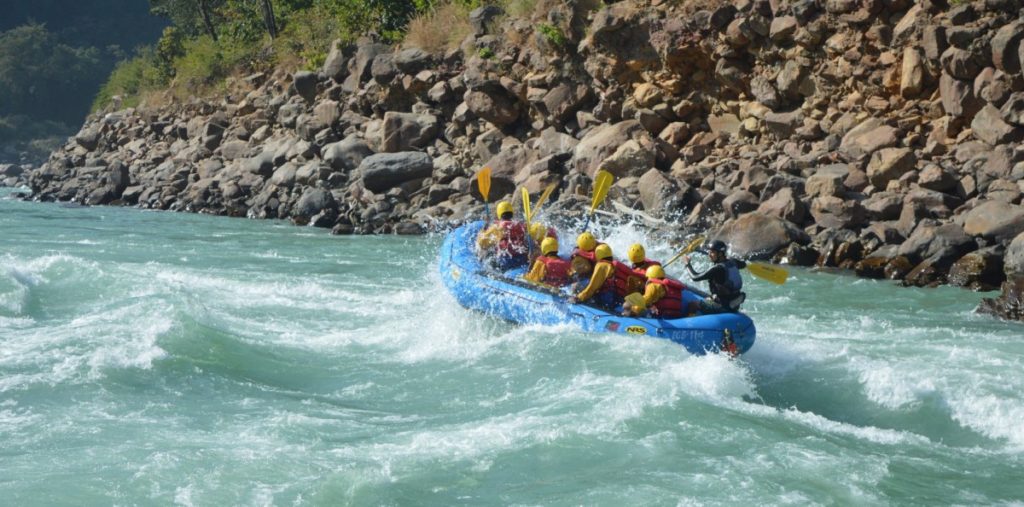
A perfect rafting trip is an amalgamation of quite a few things. It consists of amazing whitewater, breathtaking scenery, quality gear, a friendly & empathetic guide and cheerful company. Rafting is not just about forward and back strokes or going with the motions. It is an experience!
SEASON
The season for rafting in Rishikesh is pretty long. You can go rafting anytime of the year barring the months of monsoons. The rafting is officially stopped from the 1st of July and resumes by late September (date may change if water levels are high). The best months to go rafting are October, November, March & April. From mid December to February the water temperature drops and it can be a bit uncomfortable. May – June is very hot, the town is extremely crowded and the river starts becoming muddy. Although May and June does see thousands and thousands of rafting enthusiasts every day, it is definitely not the best time window.
RAFTING ROUTES
There are 4 defined routes for rafting day trips. At times it might get confusing to choose the stretch most suitable for you. Let us discuss what each commercial river rafting route has to offer and which suits you the best. To grasp it better, let us understand 2 important keywords before jumping to the details of the routes.
RAPIDS
In a layman’s language, a rapid is where you experience the joy of waves and the thrills of rafting. It is because of the rapids that rafting is termed as adventurous. Usually when there is a steep change in the river’s gradient, it leads to a change in its velocity, causing turbulence.
DIFFICULTY
The difficulty of a river run is determined by how challenging the rapids are. According to an international rating system, the rapids are classified as Class I to Class VI. Class I being the easiest and Class VI being the hardest. Sections classified as Class VI are not run commercially though as they pose a direct threat of death. Class I to Class III is suitable for beginners. Rivers with difficulty level of Class IV – V require some prior experience and a brave heart.
One should not choose the river section purely on the basis of expense or duration. Choose as per suitability and fitness of the participants.
BRAHMPURI TO NIM BEACH
This is the most basic of them all. Older people, young kids and people who just want a pleasant experience can opt for this. It is a short run and one can experience the thrills. You can go body surfing, cliff jumping on your way to the finish point.
- Difficulty Level – Class II
- Rapids – Initiation, Double Trouble I and Double Trouble 2 are the three rapids on this stretch
- Length – 9 Kms
- Duration – 1 to 1.5 hours
SHIVPURI TO NIM BEACH
This is the highest selling commercial section, as it less expensive and contains all the major rapids of Ganga. Participants however need to face big rapids almost as soon as they start the trip, so it can help if participants have already rafted earlier or are comfortable with water. We will recommend this section to people who want high action in lesser time and money.
- Difficulty Level – Class III
- Rapids – Prominent ones are Shivpuri Rapid, Roller Coaster and Golf Course
- Length – 16 Kms
- Duration – 2 to 4 hours
MARINE DRIVE TO NIM BEACH
This is a complete trip. It covers almost all major rapids of Ganga and gives you a complete experience of rafting in Rishikesh. This route offers a qualitative experience and allows the participants to slowly build up their exposure from moderate rapids towards harder rapids. It is the right approach as you get more time to tune in, connect with your guide and fellow passengers. You can savor the surroundings and soak it all in. This is the section that we will recommend to almost anyone wanting to experience rafting in Rishikesh.
- Difficulty Level – Class III
- Rapids – 3 Blind Mice, Crossfire, Roller Coaster & Golf Course are the prominent rapids.
- Length – 24 Kms
- Duration – 3 to 5 hours
KAUDIYALA TO NIM BEACH
Kaudiyala is about 32 kms up river from Rishikesh. Doing this entire trip as a single day rafting can be quite demanding. The section from Kaudiyala to Marine drive contains only one significant rapid ( The Wall ). Apart from that the remaining trip is largely flat, and the river picks up pace only after Marine Drive.
- Difficulty Level – Class III+
- Rapids – Daniels Dip, Wall, 3 Blind Mice, Crossfire, Roller Coaster & Golf Course are the prominent rapids.
- Length – 32 Kms
- Duration – 5 to 7 hours
COSTING – HOW IS IT DETERMINED?
The costs vary from route to route, vendor to vendor. What goes behind these prices is something that should be of concern to you. Before paying any vendor, you should be fully aware about what you would be paying for. Let us understand in depth as to what all goes behind determining the cost of a trip :
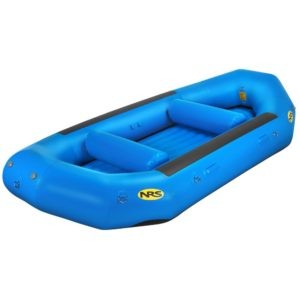
Rafts – Rafts come in different build type, quality, size and brands. Imported rafts are more expensive than their Indian counterparts. The size of a raft determines the number of people it can accommodate. Legally the maximum number of people allowed on one raft is 7 +1 (guide) +1 (supporting guide). You should check with your vendor on the same as many people would over-accommodate. That is neither safe nor legal.
Equipment and Gear – Just like rafts, you will find different qualities in the gear and equipment. Helmet, PFD (Personal Flotation Device) and Paddles are the key things you need. Helmets used for rafting should be multi impact having adjustments for different head sizes. Preferably it should have protection for your ears and should cover your upper forehead and back of your head properly. Similarly for paddles and life jackets. Make sure your life jacket is in good shape with proper buckles which do not open up accidentally. It should fit you nicely and should be well strapped around you. A bad life jacket may cost a life. BE SURE!
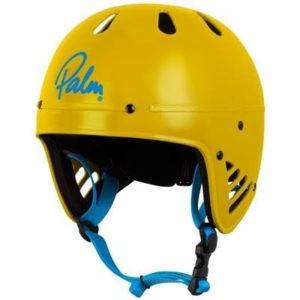
River Guide – This is one of the most important factors. There are thousands of guides for rafting in Rishikesh. Technically all guides should carry a guide’s license which is given by the state tourism. Although you can not judge based on the license. You can identify good experienced river guides by their confidence and the manner in which they take command of the entire group. A detailed safety briefing that covers situations like boat capsize and river rescue is essential.
Safety Kayaks – As per the tourism guidelines as well as common safety sense, each raft should be accompanied by a safety kayak. A safety kayaker is a person in a smaller boat (kayak) who can navigate more swiftly and can reach places where the raft cannot. So in case a raft capsizes or some one falls out, a safety kayak comes in handy.
Logistics – Pick up, drop off and type of vehicle involved in transportation also determines the trip cost. There will be vendors who usually use the cargo vehicle (something like a camper or mini truck) for loading raft as well as moving clients. On the other hand you’ll find vendors who would offer different vehicle for clients besides the cargo vehicle for carrying rafts and staff. You might want to check with vendors about drop offs. As in some cases you might be dropped off at put out point(NIM Beach in most cases) from where you will have to walk up to the highway.
Hope this article enables you to embark upon the adventure of rafting in rishikesh in a well informed manner. Have fun paddling it out on Ganga. Stay Safe. Cheers! Check out the best section of rafting in rishikesh.
